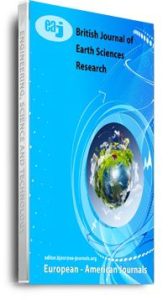Changes in climate are recognized as one of the major factors responsible for land degradation affecting sustained development. To ensure sustained development, conjunctive efforts based on a sound understanding of the various factors that bestow to land degradation around the world are required. Hence, it is more significant to verbalize climate, an inherent driver of land degradation instead of addressing the consequences of land degradation. In order to accurately assess sustainable land management practices, the climate resources and the risk of climate-related or induced natural disasters in a region must be known. Land surface is an important part of the climate system and changes of vegetation type can modify the characteristics of the regional atmospheric circulation and the large scale external moisture-Fluxes. Following deforestation surface evapotranspiration and sensible heat flux are related to dynamic structure of the low level atmosphere and these change could influence the regional and potentially, Global Scale atmospheric circulation. Surface parameters such as soil moisture, Forest coverage, transpiration and surface roughness may affect the formation of connective clouds and rainfall through their effect on boundary- layer growth. Land use and land cover changes influence carbon fluxes and GHG emissions which directly alter atmospheric composition and radioactive forcing properties. Land degradation aggravates CO2-induced climate change through the release of CO2 from cleared and dead vegetation and through the reduction of the carbon sequestration potential of degraded land. The present review focuses impact of climate change on land degradation.
Keywords: climate change; land degradation; sustainable development; soil quality; soil erosion;

